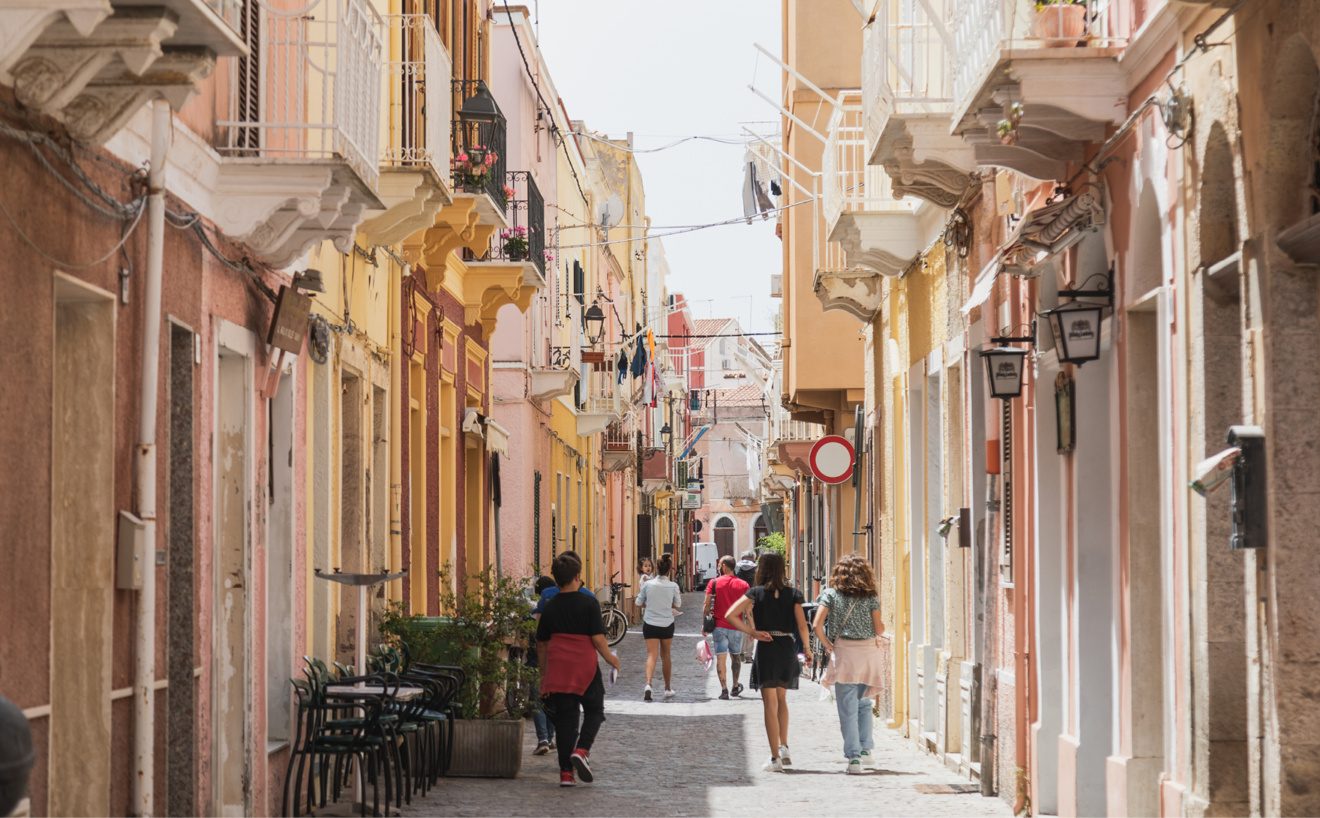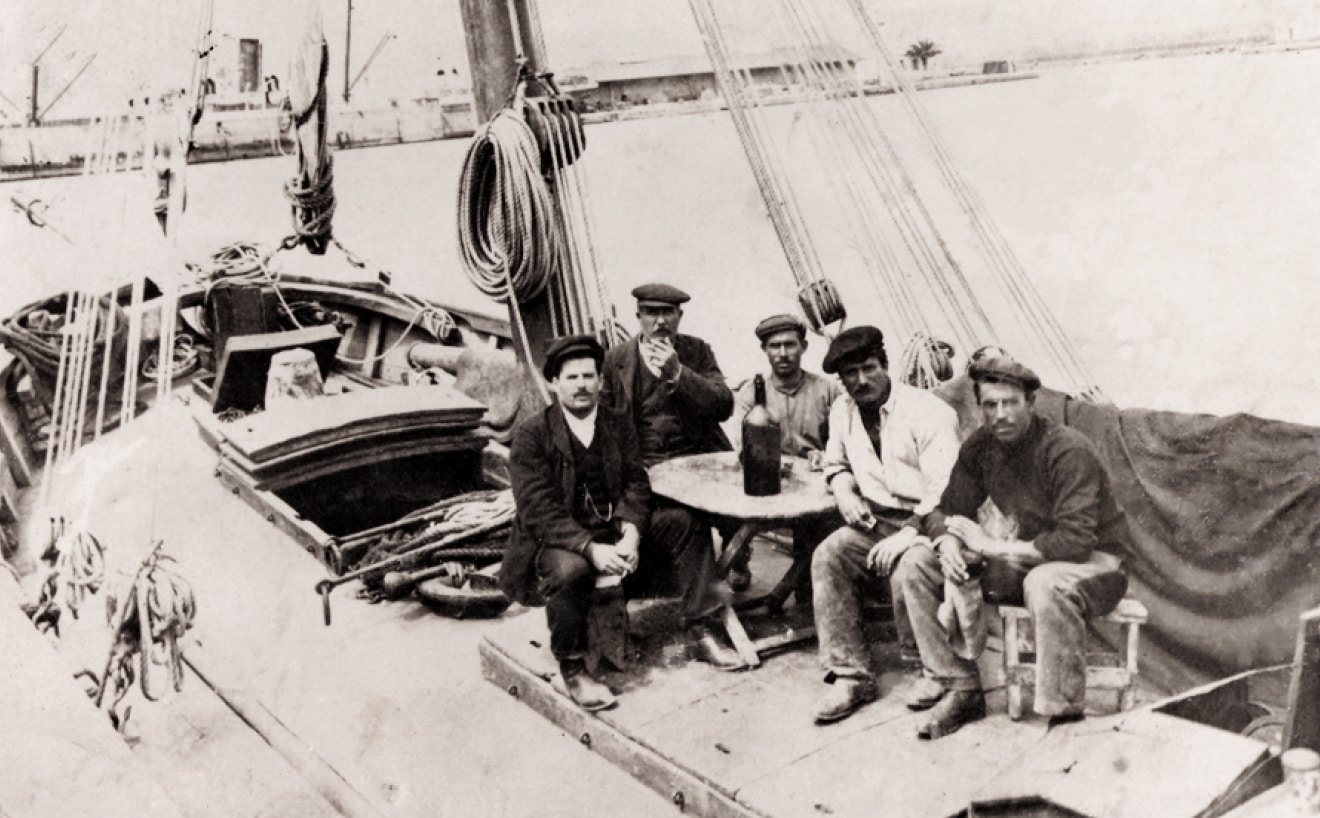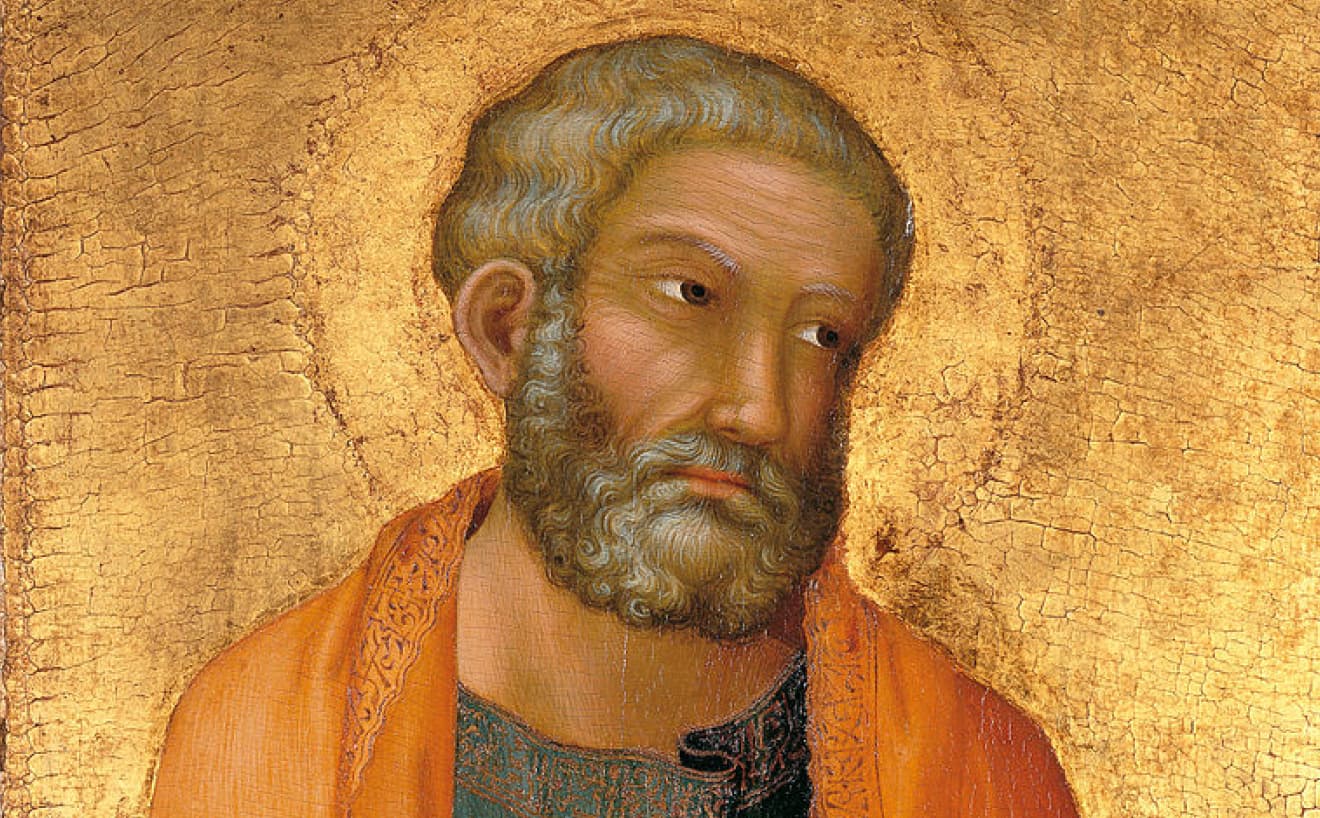by Luca Navarra
You arrived on the island of San Pietro attracted by its natural beauty, which is indeed remarkable, by its gastronomic delicacies, starting with tuna but not only, by the strangeness of this Ligurian enclave in Sardinia with centuries of a truly unique history; you arrived and got off the ferry, the gateway to paradise. A charming and elegant seafront, which you already appreciated as you entered the port, a triple row of trees adorning it, colourful facades of Ligurian-style buildings (so it was true!) and, surprise, plenty of people in all seasons. You didn’t expect this. The island is alive, the town is always inhabited and the Carlofortini (they prefer to call themselves Tabarchini, but that’s okay too) are to be found all around, in the streets, on the pier, along the country roads, in the many houses scattered towards the beaches and the hills of the interior. There are, of course, more crowded and privileged meeting places, but it all depends on a complex alchemy composed of time of day, season and climate, in particular the wind.



